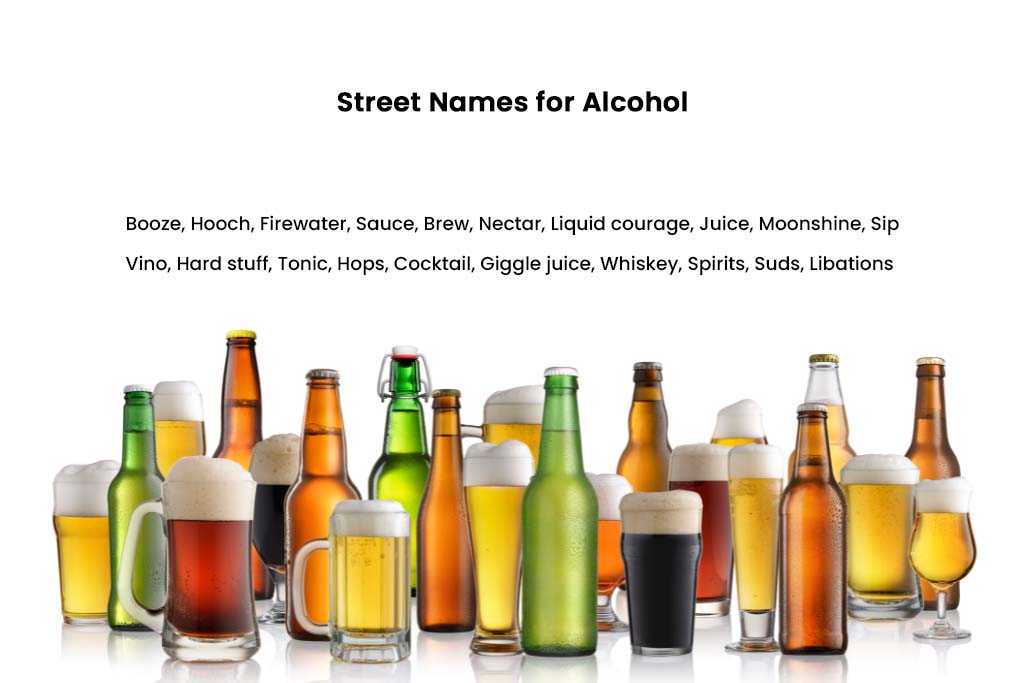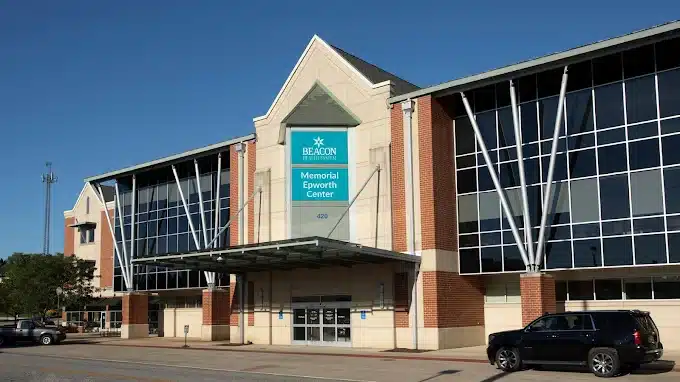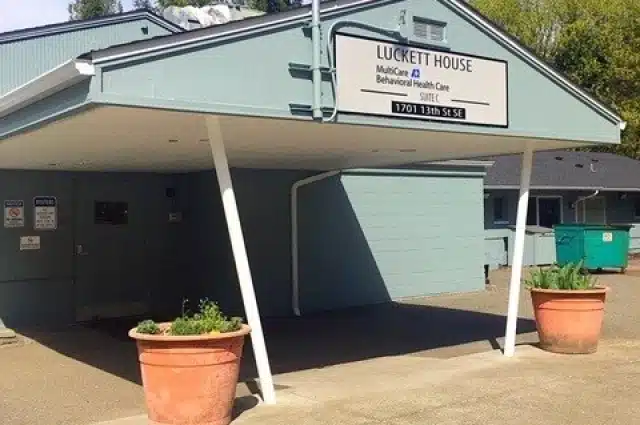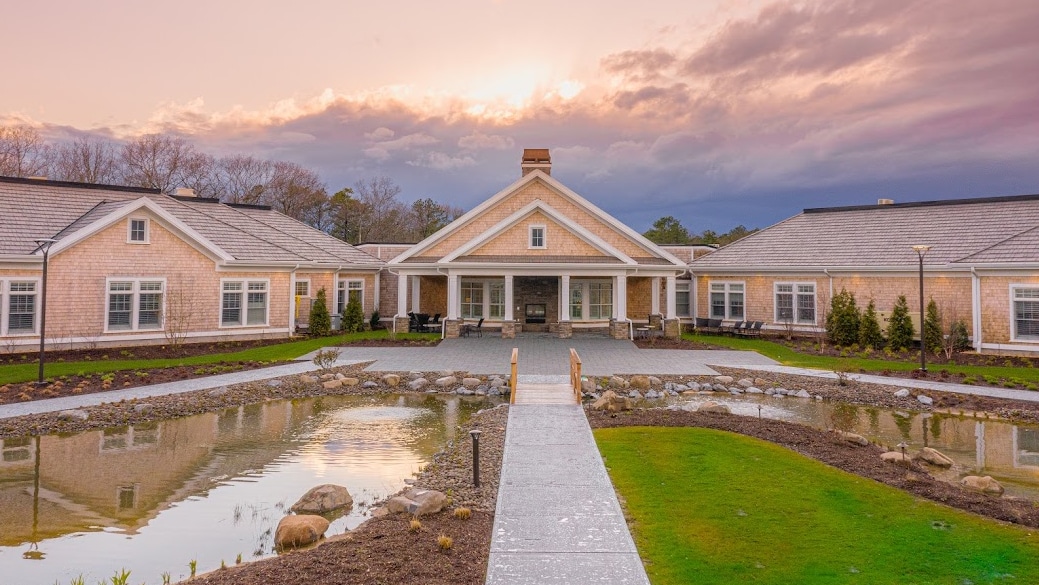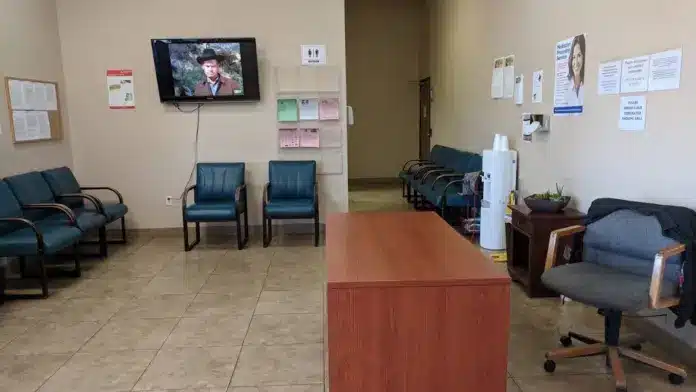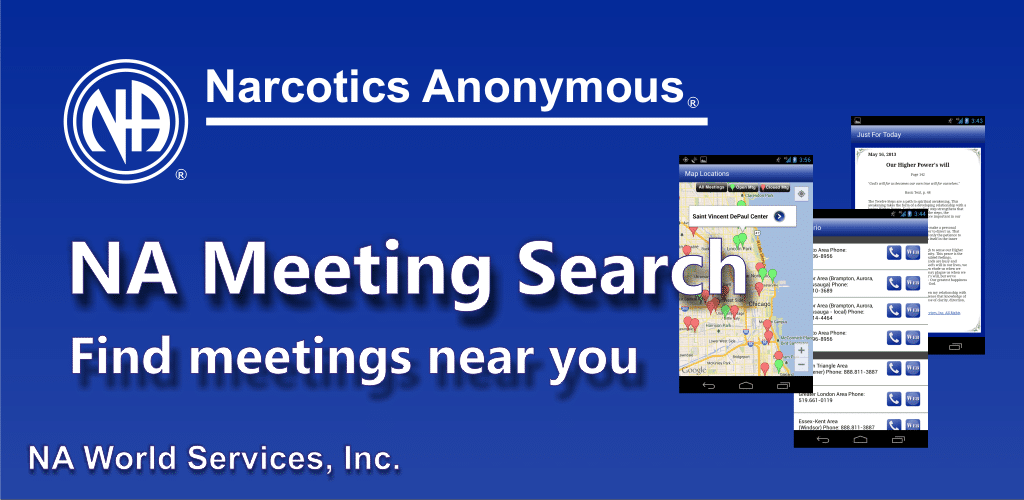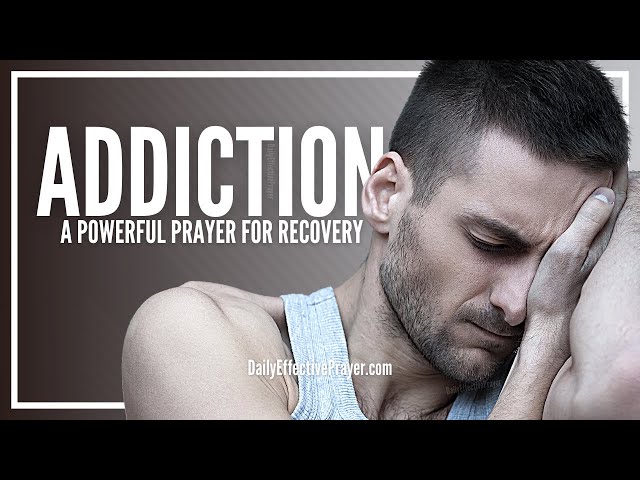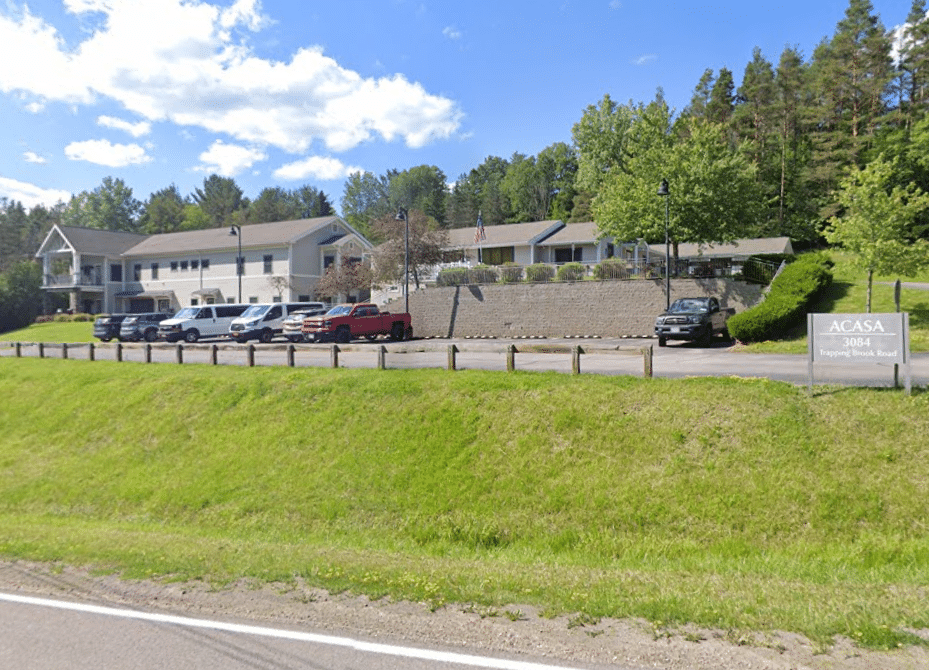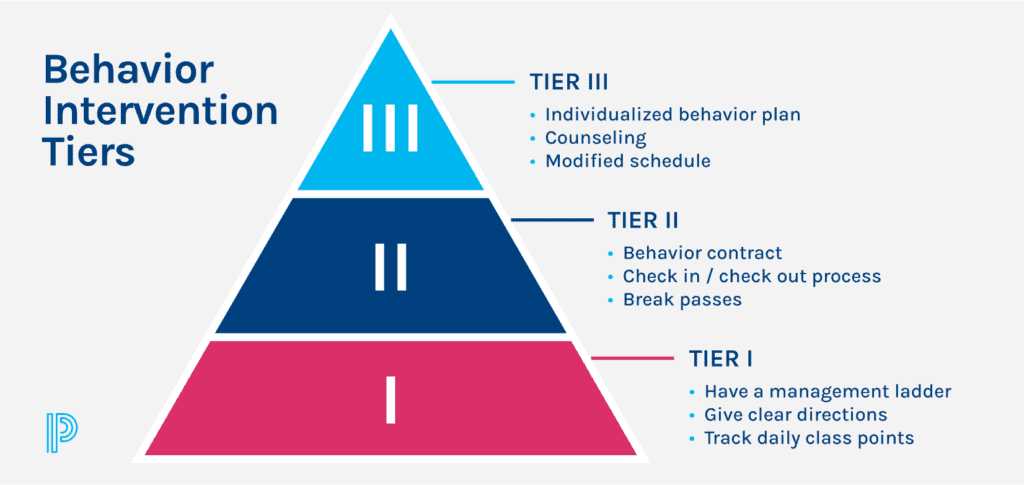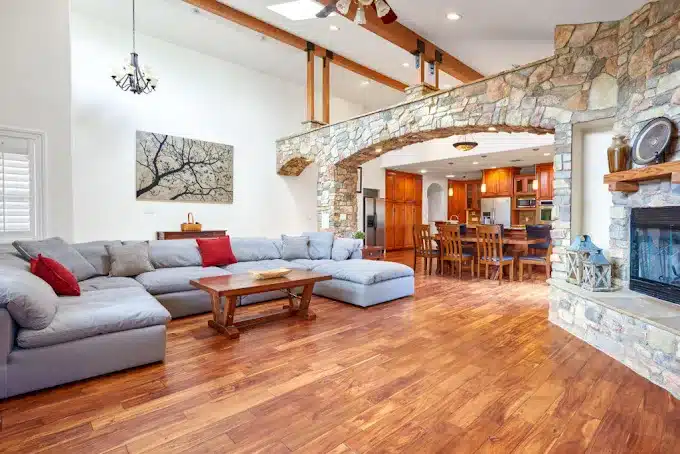
The Urgent Need for Quality Addiction Treatment in Long Beach
Long Beach rehab centers provide critical services for individuals struggling with substance use disorders, offering various levels of care including medical detox, inpatient residential programs, intensive outpatient programs (IOP), and dual diagnosis treatment for co-occurring mental health conditions.
Quick Answer: What You Need to Know About Long Beach Rehab
- Types Available: Medical detox, residential inpatient, partial hospitalization (PHP), intensive outpatient (IOP), standard outpatient, and sober living homes
- Average Duration: 30-90 days for inpatient programs; several months for outpatient treatment
- Cost: Ranges from $1,200 for outpatient detox to $10,000+ for residential care; most insurance plans cover addiction treatment
- Payment Options: Private insurance (PPO, Aetna, Cigna, Blue Cross), Medicaid/Medicare, sliding scale fees, self-pay, financial aid
- Specializations: Dual diagnosis, gender-specific programs, LGBTQ+ friendly, veterans/military, young adults (18-25), seniors (65+)
- Key Accreditations: CARF, Joint Commission, SAMHSA, state licensed by California Department of Healthcare Services
The statistics paint a sobering picture. In Los Angeles County—which includes Long Beach—approximately 1,482,000 people are struggling with addiction. Each year, the county sees 2,990 alcohol or drug-related deaths, 146,087 emergency department visits, and 139,179 hospitalizations tied to substance abuse. Since 2015, overdose deaths have climbed steadily, particularly those involving opioids.
These numbers represent real people whose lives have been derailed by addiction, but recovery is possible. Long Beach offers a diverse array of treatment options, from luxury residential programs to community-based outpatient services, all designed to meet individuals where they are.
As Addiction Helpline America, we’ve guided thousands toward effective Long Beach rehab options that match their unique needs and insurance coverage. Our team of addiction specialists understands that choosing the right treatment center can feel overwhelming, especially during a crisis.
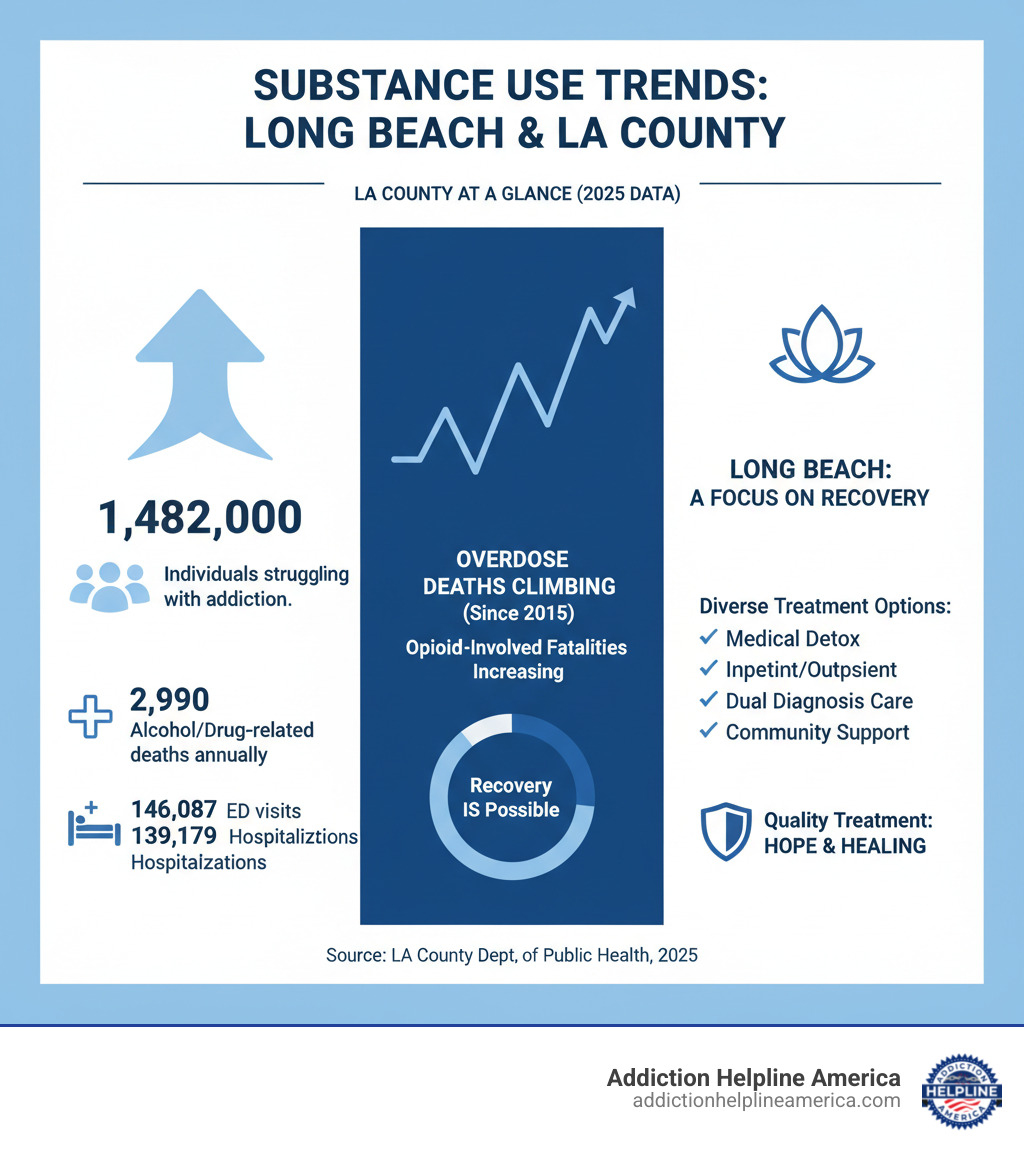
Handy Long Beach rehab terms:
Like many urban areas, Long Beach faces significant challenges related to substance abuse. The opioid crisis, in particular, has led to a concerning increase in overdose deaths, underscoring the need for accessible medical detox and medication-assisted treatment (MAT). Beyond opioids, alcohol and other drugs contribute to a significant strain on local resources, with staggering numbers of emergency room visits and hospitalizations each year.
Investing in high-quality Long Beach rehab services is about more than helping individuals; it’s about fostering healthier, safer communities. Effective rehabilitation can address the root causes of addiction, leading to reduced crime rates, a more productive workforce, and stronger families. By offering comprehensive care and personalized treatment plans, Long Beach rehab centers help break the cycle of addiction and build a better future for everyone.
Understanding the Landscape of Long Beach Rehab
If you’re looking into treatment options, the different terms and program types can be confusing. The good news is that once you understand the basics, finding the right Long Beach rehab becomes much clearer. Addiction treatment is a spectrum of services called a continuum of care, designed to meet you where you are and adapt as your needs change.
The two main environments are inpatient and outpatient programs. Inpatient rehab means you live at the facility full-time for immersive, 24/7 care, away from daily triggers. Outpatient programs allow you to live at home and attend therapy sessions at a treatment center, offering more flexibility to maintain work, school, or family responsibilities.
Here’s a quick comparison:
| Feature | Inpatient Rehab | Outpatient Rehab |
|---|---|---|
| Environment | Residential facility, 24/7 care | Live at home, attend sessions at a facility |
| Intensity | Highly structured, immersive therapy | Flexible schedule, allows for daily obligations |
| Supervision | Constant medical and therapeutic oversight | Regular counseling, less direct supervision |
| Duration | Typically 30, 60, or 90 days | Several months, often longer-term |
| Ideal For | Severe addiction, unstable home environment | Mild to moderate addiction, strong support system at home |
What Are the Different Levels of Care?
Long Beach rehab centers offer multiple levels of care for different stages of recovery.
- Medical detox is often the first step, providing 24/7 medical supervision to safely manage withdrawal from substances like alcohol, opioids, or benzodiazepines. Staff may use FDA-approved medications to ease symptoms.
- Residential inpatient treatment is the most intensive level, where you live at the facility for 30, 60, or 90 days. Days are structured with individual and group therapy to help you build coping skills in a supportive environment.
- Partial Hospitalization Programs (PHP), or “day treatment,” are a step down. You attend intensive therapy for several hours a day, five to seven days a week, but return home or to a sober living facility at night.
- Intensive Outpatient Programs (IOP) offer more flexibility, with about nine to twelve hours of therapy per week. This allows you to work or attend school while receiving substantial support, often as a transition from residential care.
- Standard outpatient treatment is the least intensive, involving just a few hours of counseling per week. It’s suitable for milder substance use issues or as a long-term aftercare option.
- Sober living homes are structured, drug-free residences that help you transition back to daily life. They provide accountability, peer support, and a safe environment while you practice sober living skills.
Types of Rehab Centers Available
Long Beach rehab facilities also vary in their approaches and the populations they serve.
- Luxury rehab centers provide upscale amenities like private rooms and gourmet meals in a serene, comfortable setting to help you focus entirely on healing.
- Holistic programs treat the mind, body, and spirit with evidence-based therapy alongside activities like yoga, meditation, art therapy, and nutrition counseling.
- Gender-specific treatment offers separate programs for men and women, creating a safe space to address gender-related challenges and trauma without distraction.
- 12-Step focused facilities build their programs around the principles of Alcoholics Anonymous (AA) and Narcotics Anonymous (NA), emphasizing peer support and reliance on a higher power.
- Non-12-Step alternatives focus on evidence-based therapies like Cognitive Behavioral Therapy (CBT) and Dialectical Behavior Therapy (DBT), emphasizing personal empowerment and self-reliance.
- Government-funded facilities make treatment accessible by accepting Medicaid/Medicare or offering sliding scale fees. Some, like the Salvation Army, provide long-term care at no cost.
- Specialized programs are designed for specific groups, including young adults (18-25), seniors (65+), LGBTQ+ individuals, and military personnel or veterans.
A Closer Look: Top Rated Rehab Centers in Long Beach
When searching for a Long Beach rehab, it’s important to know that not all centers are created equal. The best facilities share key qualities that promote successful recovery.
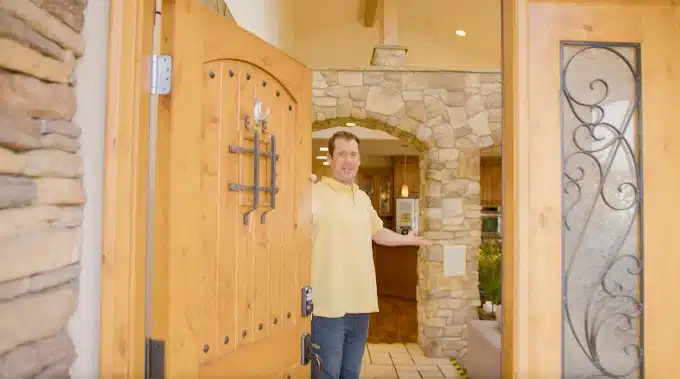
Top-rated facilities prioritize personalized care, offering a range of therapies like CBT, DBT, and EMDR. They provide integrated dual diagnosis treatment for co-occurring mental health disorders and are staffed by experienced, compassionate professionals. Look for accreditations from the Commission on Accreditation of Rehabilitation Facilities (CARF) or The Joint Commission, as well as state licensing. A reputable Long Beach rehab must be Licensed by the State Department of Healthcare Services. Finally, strong centers offer comprehensive aftercare planning and encourage family involvement.
While we are a referral service and don’t review specific centers, we can share common approaches of the highly-regarded facilities in our network.
Center 1: Focus on Dual Diagnosis and Holistic Care
Many effective Long Beach rehab centers understand that addiction and mental health are intertwined. These dual diagnosis-focused facilities conduct thorough mental health assessments to create an integrated treatment plan. The approach centers on evidence-based practices like CBT to change negative thought patterns and DBT to build emotional regulation skills. Many also incorporate a holistic philosophy, using mindfulness, yoga, and nutrition planning to support overall well-being. This approach treats the whole person in a serene, trauma-informed environment designed to reduce stress and promote healing.
Center 2: Emphasis on Family-Centric, Long-Term Recovery
Recognizing that addiction is a family disease, some of the most impactful Long Beach rehab programs make family involvement a cornerstone of their approach. They offer comprehensive family programs, including therapy sessions, communication workshops, and educational weekends to repair relationships and build a strong support network. These centers also invest heavily in alumni communities, providing lifelong support through regular events, online groups, and mentorship. Many also offer gender-specific residential options to allow for more open and focused group work. The goal is to rebuild lives and relationships, fostering a deep sense of community that extends far beyond the initial treatment period.
Center 3: Community-Based and Accessible Treatment
For many, staying connected to their daily life while in treatment is crucial. Community-based Long Beach rehab centers specialize in outpatient flexibility, offering IOP and standard outpatient services that fit around work or family obligations. They focus on work-life balance and teach practical life skills for managing stress and responsibilities. Community integration and peer support are key, encouraging participation in local AA/NA meetings and connecting clients with resources for housing and employment. A defining feature is accessibility; many accept Medicaid, offer sliding scale fees, or provide services at little to no cost, ensuring that quality treatment is available to everyone in the community.
How to Choose the Right Long Beach Rehab for You
Finding the right Long Beach rehab is a critical step in your recovery. The best center is the one that fits your unique needs, circumstances, and budget. There is no one-size-fits-all solution.
Start with a personalized assessment from a medical professional or one of our addiction specialists. This evaluation will help identify the severity of the substance use, any co-occurring mental health conditions, and your home environment to determine the appropriate level of care. Also, consider practical matters like location, treatment philosophy (e.g., faith-based vs. secular), and whether you’d benefit from holistic therapies.

Navigating Insurance and Payment Options
Cost is a common concern, but treatment is more accessible than many realize. The Affordable Care Act requires most major health insurance plans (including PPO providers like Aetna, Cigna, and Blue Cross Blue Shield) to cover substance abuse treatment.
We offer free, confidential insurance verification to clarify your benefits, including out-of-pocket costs and covered levels of care. If you don’t have insurance, other options are available:
- Private pay with payment plans or financing.
- Sliding scale fees based on your income.
- Medicare and Medicaid are accepted by many community-based centers.
- TRICARE and other military insurance for veterans and service members.
- Financial aid and grants from non-profits and state programs.
Costs can range from around $1,200 for outpatient detox to $10,000+ for residential care, but these options make quality treatment attainable.
The Importance of Addressing Co-Occurring Disorders
About half of all people with substance use disorders also have a mental health condition like depression, anxiety, or PTSD. This is known as a dual diagnosis. Treating the addiction without addressing the underlying mental health issue (or vice versa) is often ineffective.
The most effective Long Beach rehab centers offer integrated treatment for dual diagnosis. This begins with a comprehensive mental health assessment to create a unified treatment plan. A collaborative team of counselors, therapists, and medical staff addresses both conditions simultaneously. Therapies like Cognitive Behavioral Therapy (CBT) and Dialectical Behavior Therapy (DBT) are often used, as they are effective for both addiction and many mental health disorders. For community resources, students and others can look to services like Counseling and Psychological Services (CAPS) at California State University-Long Beach for support and referrals.
What to Expect During the Admissions Process
The admissions process is designed to be as smooth and supportive as possible.
- Initial Consultation: A confidential, no-obligation phone call with an admissions specialist to discuss your situation and ask questions.
- Comprehensive Assessment: An in-depth evaluation with a clinician to gather information about your substance use, health history, and treatment goals to determine the right level of care.
- Insurance & Financial Planning: The admissions team will verify your insurance benefits, explain costs, and discuss payment options.
- Arrival Coordination: The center will help arrange transportation if needed and provide a packing list of what to bring (comfortable clothes, toiletries) and what to leave at home (valuables).
- Orientation: Upon arrival, you’ll be oriented to facility policies. Cell phones may be stored for an initial period to help you focus on treatment. Visitation is often permitted after a stabilization period of 14-30 days.
Life After Rehab: Sustaining Sobriety in Long Beach
Completing a Long Beach rehab program is a monumental achievement, but it’s the starting line for a lifelong journey of recovery. Sustaining sobriety requires ongoing effort and a strong support network.
Aftercare programs are designed to provide the tools and resources needed to steer life’s challenges without returning to substance use. They focus on developing healthy coping mechanisms, identifying personal triggers, and building a supportive community. Effective relapse prevention strategies often include regular counseling and continued participation in peer support groups.

Local Support Systems and Alumni Programs
Long Beach offers a wealth of free resources to help you maintain sobriety.
- 12-Step Fellowships: Alcoholics Anonymous (AA) and Narcotics Anonymous (NA) have dozens of daily meetings throughout Long Beach, providing a supportive, peer-led environment.
- SMART Recovery: This science-based alternative uses cognitive-behavioral techniques to teach self-management and personal empowerment.
- Al-Anon and Nar-Anon: These groups provide crucial support for family members and loved ones affected by addiction.
- Alumni Programs: Many Long Beach rehab centers maintain active alumni programs with sober events, online groups, and peer coaching to keep you connected to a supportive community.
Building a life you don’t want to escape from is a critical part of staying sober. This includes engaging with community organizations that offer continued mental health support, vocational training, and healthy social activities.
The Benefits of Seeking Treatment in Your Local Community
While some people benefit from traveling for treatment, choosing a Long Beach rehab offers distinct advantages.
- Family Involvement: Proximity makes it easier for loved ones to participate in family therapy and educational programs, which is vital for healing relationships.
- Smoother Transitions of Care: Moving between local inpatient, PHP, and IOP programs allows for better continuity of care with a team that already knows your story.
- Familiar Environment: Learning to steer your home environment and its triggers while sober is an essential skill for long-term recovery.
- Local Network Integration: Staying local allows you to immediately build a sustainable support network within Long Beach’s aftercare programs, support groups, and community services.
Frequently Asked Questions about Long Beach Rehab
Considering Long Beach rehab brings up many questions. Here are answers to some of the most common concerns we hear.
How long does a typical drug and alcohol rehab program last?
Treatment duration is custom to individual needs, but there are general timeframes:
- Medical Detox: Typically lasts 3 to 7 days to safely manage withdrawal.
- Inpatient/Residential Programs: Commonly run for 30, 60, or 90 days. Research shows longer stays often lead to better outcomes.
- Outpatient Programs (PHP/IOP): Can last from several weeks to a few months, offering structured therapy while you live at home.
- Standard Outpatient & Aftercare: May continue for several months or even years to provide ongoing support for long-term recovery.
Recovery is a process, and the right duration is whatever time you need to build a solid foundation for sobriety.
Can I lose my job for attending rehab?
No, you generally cannot be fired for attending rehab due to legal protections.
- The Americans with Disabilities Act (ADA) protects individuals with substance use disorders from workplace discrimination when they are seeking treatment.
- The Family and Medical Leave Act (FMLA) allows eligible employees to take up to 12 weeks of unpaid, job-protected leave for medical reasons, including addiction treatment.
Your treatment is also confidential under HIPAA. While most residential facilities require you to disconnect from work to focus fully on your healing, your job is protected. It’s best to speak with your HR department about your need for medical leave.
How much does rehab in Long Beach cost?
The cost of Long Beach rehab varies based on the level of care, program length, and amenities. Outpatient programs are the most affordable, starting around $1,200, while residential programs can cost $10,000 or more for a 30-day stay.
However, treatment is more accessible than you might think:
- Insurance: Most major health insurance plans are required by law to cover addiction treatment. We offer free insurance verification to clarify your benefits.
- Payment Plans: Many centers offer private pay options with financing or payment plans.
- Sliding Scale Fees: Some facilities adjust costs based on your income.
- Medicare/Medicaid: These government programs cover treatment at many community-based centers.
Don’t let cost be a barrier. The long-term costs of untreated addiction are far greater than the investment in recovery. We can help you find an affordable option that meets your needs.
Take the First Step Towards a New Life Today
If you’ve read this far, you’re already taking a courageous step. You don’t have to figure this out alone.
The journey to recovery is personal, and finding the right fit is crucial. What works for one person may not be the best match for another. That’s why we provide personalized guidance, taking the time to understand your unique situation, needs, and insurance coverage.
Recovery is possible. We’ve witnessed it thousands of times. It often starts exactly where you are right now—uncertain but willing to move forward.
At Addiction Helpline America, we offer free, confidential support to help you steer your options. Whether you’re looking for a Long Beach rehab or a program elsewhere, our specialists are here to guide you 24/7. We’ll help you understand your benefits, explore payment options, and connect you with a trusted treatment center that aligns with your goals.
Your brighter, sober future is within reach. It starts with one conversation.
Start your journey to recovery with our ultimate guide to California rehabs
Our helpline is 100%
free & confidential
If you or someone you care about is struggling with drug or alcohol addiction, we can help you explore your recovery options. Don’t face this challenge alone—seek support from us.
Programs
Resources
Will my insurance
cover addiction
treatment?
We're ready to help
Find the best
drug or alcohol treatment
center
Are you or a loved one struggling with addiction? Call today to speak to a treatment expert.

